Jewish emigration | JULY 5
The “Aid Society of German Jews,” founded in Berlin in 1901, mainly supported Jewish immigrants to Germany. After the Nazis came into power, the association, now forced to call itself “Aid Society of Jews in Germany,” helped to facilitate Jewish emigration from Germany. In this context, it offered help with questions concerning government agencies, passport issues, or vocational retraining and also granted financial support. An important organ for its work was the periodical Jüdische Auswanderung (“Jewish Emigration”), which informed its readers about general living and work conditions but also about specific questions regarding Jewish culture in various countries. In the July 1938 issue, the US, Cuba, and the Philippines were introduced.
“100% recreation” | JULY 4
In the 1920s, the Catskill Mountains began to develop into a resort area that enjoyed great popularity with Jewish immigrants often unwelcome in non-Jewish hotels. Therefore, by the 1930s, “Borscht Belt” began to catch on as a moniker for the region. After humble beginnings, with Eastern European Jewish farmers in the area renting out rooms to city dwellers in need of peace and quiet, over time, boarding houses turned into small hotels and some of the small hotels into big hotels. While Jews of Eastern European extraction constituted the majority of hosts and vacationers, the political events of the 1930s led to an increase in the number of German-speaking Jews wishing to trade the hustle and bustle of the city for the relaxed atmosphere of the Catskills. In the July issue of the Aufbau, the Park Plaza Hotel in Fleischmanns, New York (named after Ch.L. Fleischmann, a Hungarian Jew who in the 19th century invented America’s first commercially produced yeast) offered Independence Day weekend vacations with four meals a day and a special 4th of July dinner. It can be assumed that the prospect of celebrating their new country among fellow European Jews in an establishment “widely acknowledged for exquisite, copious American, Hungarian, and Viennese cuisine” was attractive to the grateful newcomers.
No keeping up | JULY 3
This letter from a father to his children is dominated almost entirely by concerns about transferring people and goods out of Germany. According to the writer, regulations were changing so rapidly that it was hard to keep track. Lately it had been decreed that both for articles to be shipped and for personal baggage, itemized lists had to be submitted which were subject to authorization. This could be rather time-consuming. The writer of the letter points out that the speed with which answers are given is not keeping up with the speed of the changes necessitating inquiries.
Impeccable references | JULY 2
The German lawyer Paul Schrag was employed at the Institut d’Economie Européenne in Brussels. He was planning to embark on the journey to the United States from Le Havre on July 15 with his Jewish wife, Suzanne, and their infant child. In his letter of July 2 to Prof. Max Gutzwiller in Fribourg, Switzerland, Schrag asks for a letter of reference for use in the United States. Gutzwiller, a fierce critic of the Nazis and also married to a Jewish woman, had left his chair for German Private Law and Roman Law at the University of Heidelberg in 1936. Schrag obviously enjoyed the esteem of his employers. The management of the institute had agreed to reserve the position of director general for him until the end of the year and even entrusted him with a “research mission” in order to enable him to look into his professional prospects in America without major pressure.
Radio, gramophone, newspapers, novels | JULY 1
In his article “Ten Commandments for Assiduous Language Learners,” published in the July issue of the Aufbau, Dr. Eugene I. Stern recommends making use of the entire arsenal available to the modern student of American English: radio, gramophone, newspapers, and novels. The meticulousness with which he describes what he considers the most promising methodology for language acquisition meets every stereotype associated with German Jews. Dr. Stern does not promise any shortcuts, and his assessment of the language learner’s prospects is not the most optimistic. He opens by declaring mastery of a foreign language to be an unattainable goal. Nevertheless, younger German-Jewish immigrants in America tended to acquire proficiency in English within a few years, while their counterparts in pre-state Palestine were notoriously slow and reluctant to pick up Hebrew. German Jews in America were assisted in their endeavors by various institutions, such as the National Refugee Service, the Adult Education Council, the YMCA, the YWCA, which offered free English classes to the newcomers.
Shattered existence | JUNE 26
The first major rupture in artist Gustav Wolf’s biography had occurred during World War I. He had volunteered for frontline duty and was badly injured. His brother Willy was killed in combat. The works in which he processed his wartime experiences leave no doubt about his feelings. Instead of glorifying war, he shows its horrors. His confrontation with antisemitism during and after the war led him to an increased awareness of his own Jewishness. In 1920 he accepted a professorship at the Baden Art School in Karlsruhe, trying to realize his ideal of an equitable partnership between teacher and student. After a year, he quit this “dead activity,” referring to the school as “an academy of schemers.” In 1929, he designed the set for Fritz Lang’s silent film “Woman in the Moon,” an early science-fiction movie. Upon the Nazi rise to power in 1933, he canceled his memberships with all the artists’ associations to which he had belonged. In his letter to the Baden Secession, he explained his decision with the following words: “I must first get my bearings again. The foundations of my existence have been called into question and shaken.” After extended stays in Switzerland, Italy and Greece, he returned to Germany in 1937. In February 1938, he boarded a ship to New York. June 26, 1938 was his 49th birthday.
Paperwork | MAY 26
Since 1937, Lina and Siegmund Günzburger of Lörrach in southwest Germany and their son, Herbert, had been preparing their paperwork for emigration. The requirements amounted to nothing short of a nightmare. Prospective emigrants had to procure numerous personal documents, letters of recommendation, and affidavits. They were also required to prepare an inventory of all their belongings and to document that they had paid all their taxes. Apparently, the required documents also included this copy of the marriage certificate for Siegmund’s grandparents. Especially perfidious was the so-called “Reich Flight Tax.” Originally introduced in the waning days of the Weimar Republic to prevent capital flight in reaction to the government’s austerity policy, under the Nazis, it became a tool to cynically punish the Jews for leaving a country that was doing everything it could to make it unbearable for them to stay.
Starting over at 40 | APRIL 26
Marseille was one of the most important ports of departure for the refugees on their way overseas. It was here that Moses Wainstein obtained the papers he still needed for his emigration to Uruguay. This certificate of vaccination was written in Spanish for submission to the authorities there. The former Berliner had already had his belongings shipped to Marseille by a German company. Wainstein was 40 years of age at this point.
Denaturalized | MARCH 26
The passage in July 1933 of a law allowing the government to revoke the citizenship of those naturalized after the end of WWI had given Nazi officials a tool to deprive “undesirables” of their citizenship. The law targeted the Nazis’ political adversaries as well as Jews; 16,000 Eastern European Jews had gained German citizenship between the proclamation of the republic on November 9, 1918 and the Nazi rise to power in January 1933. Among those whose names appear on the expatriation list dated March 26, 1938 are Otto Wilhelm, his wife Katharina and the couple’s three children, residents of Worms and all five of them natives of Germany.
From Cologne to Kenya | FEBRUARY 26
Despite the restrictive immigration policy of the British colonial power, twenty-year-old Paul Egon Cahn, a car mechanic from Cologne, managed to flee to Kenya with the help of this passport. Paul’s sisters, Erika and Inge, reached safety in England and Australia respectively. The siblings’ parents, Siegfried and Regina Cahn, remained behind in Germany. In many cases, refugees not only had to cope with the loss of their homes and property and the separation from their relatives but were also forced to take on the challenges posed by foreign climate zones and cultures.
A forced move | JANUARY 26
There are many ways to describe Leo Perutz: novelist, mathematician, native of Prague, chess lover—to name but a few. He was admired by his colleagues and millions of readers. His success as a writer was so great that he decided in 1923 to give up his bread-and-butter job as an actuary. The Great Depression hit him hard, since the crisis not only negatively impacted the bookselling trade but also rendered the family company, in which he had a share, less profitable. To make matters worse, after the Nazis’ rise to power, his Jewish publisher, Paul Szolnay, lost his largest market in Germany. This is one of the last photographs taken before Perutz’s emigration from Vienna to Tel Aviv, Palestine in 1938.



































